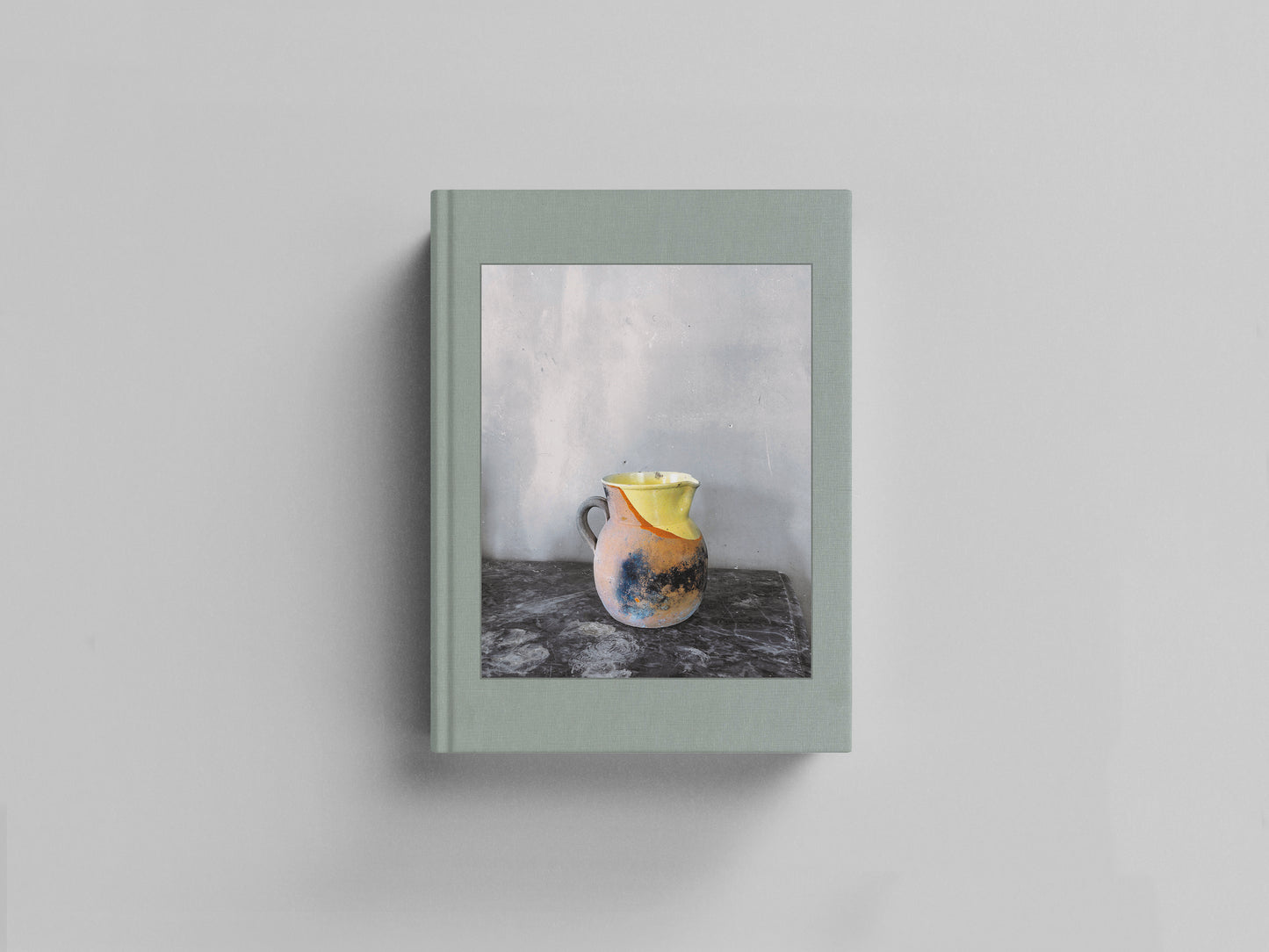Joel Meyerowitz
Cézanne's Objects
Couldn't load pickup availability
Description
Details
- ISBN: 9788862085649
- Language: English
- Pages: 116
- Illustrations: 50
- Binding: Clothbound
- Release: June 2017

Collapsible content
Joel Meyerowitz (born March 6, 1938) is a street photographer and portrait and landscape photographer. He began photographing in color in 1962 and was an early advocate of the use of color during a time when there was significant resistance to the idea of color photography as serious art. In 1962, inspired by seeing Robert Frank at work, Meyerowitz quit his job as an art director at an advertising agency and took to the streets of New York City with a 35mm camera and Colors film. Garry Winogrand, Tony Ray-Jones, Lee Friedlander, Tod Papageorge, and Diane Arbus were photographing there at the same time. The fleeting moments of street life in New York City and other American cities that Meyerowitz has captured are some of the earliest and best-known examples of color street photography. Many of his photographs are icons of modern photography, and made Meyerowitz, along with William Eggleston and Stephen Shore, one of the most influential modern photographers and representatives of the “New Color Photography” of the 1960s and 70s. Meyerowitz photographed the aftermath of the September 11, 2001, attack on the World Trade Center and was the only photographer allowed unrestricted access to Ground Zero immediately following the attack. This resulted in his book Aftermath: World Trade Center Archive. His work is in the collections of the Museum of Modern Art, the Boston Museum of Fine Art, The Art Institute of Chicago, and many other museums worldwide. His work has appeared in over 350 exhibitions in museums and galleries throughout the world. Joel Meyerowitz is represented by Howard Greenberg Gallery in New York.
Shipments are made worldwide by express courier.
Delivery is expected within 7 working days after registration of payment.
Shipping costs vary depending on the weight of the shipment and the country of destination, and are calculated automatically when the order is placed.
The right of withdrawal shall be exercised by sending, within the aforementioned term, a written notice to the geographical address of the supplier's registered office by means of a registered letter with acknowledgement of receipt. The communication may also be sent, again within the same deadline, by means of a PEC or facsimile.
The consumer shall enclose with the communication all the references of the order (order date, order number, precise references identifying the party concerned, company or private individual.
The goods you wish to return must be undamaged and in their original packaging.
The consumer must also supplement the communication with his or her complete bank details in order to obtain reimbursement of the sums paid (current account number, ABI and CAB, CIN code; for foreign countries, the BIC and IBAN codes), which will be carried out as quickly as possible and in any case within fourteen days of the date on which the supplier became aware of the consumer's exercise of the right of withdrawal. As the only charge for exercising the right of withdrawal, the consumer shall bear the direct cost of returning the goods. In the case of payment by credit card, the sums shall be returned net of bank commission charges (2.5%).
In the event of a dispute, reference will be made to the competent court.

